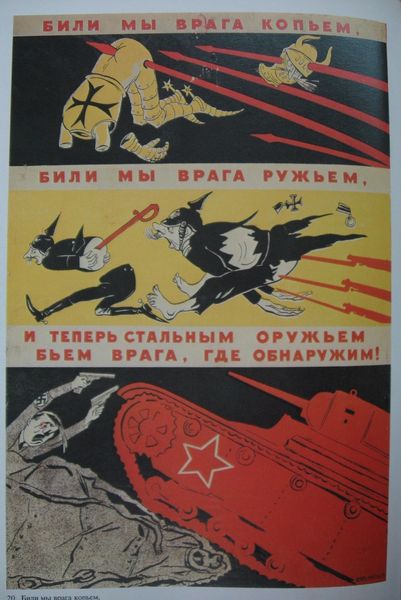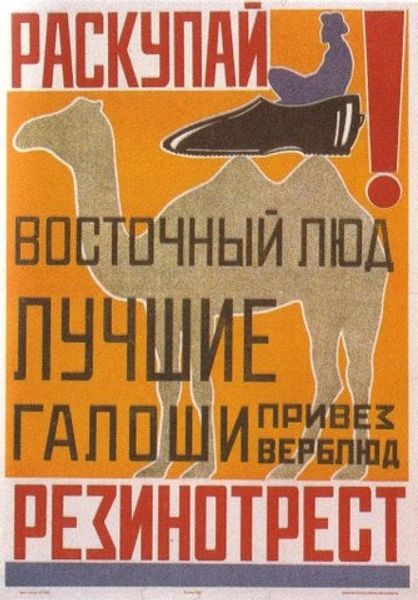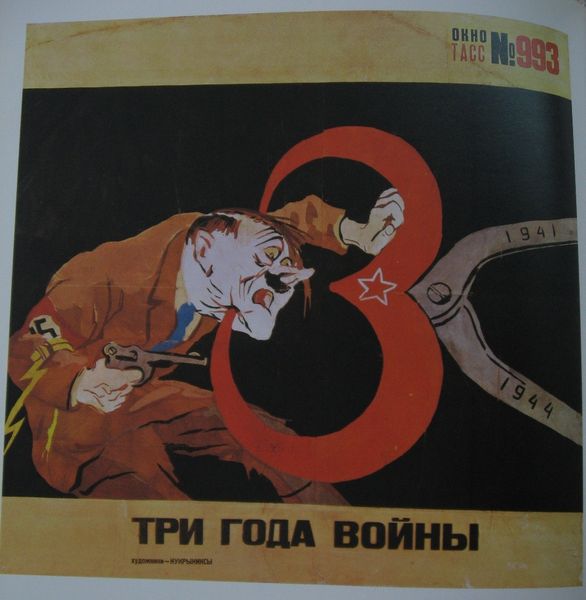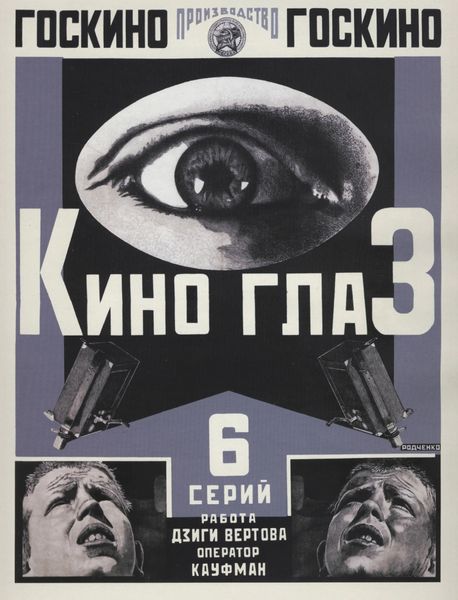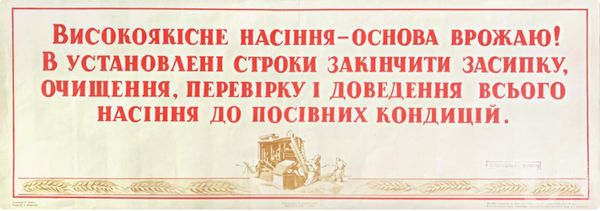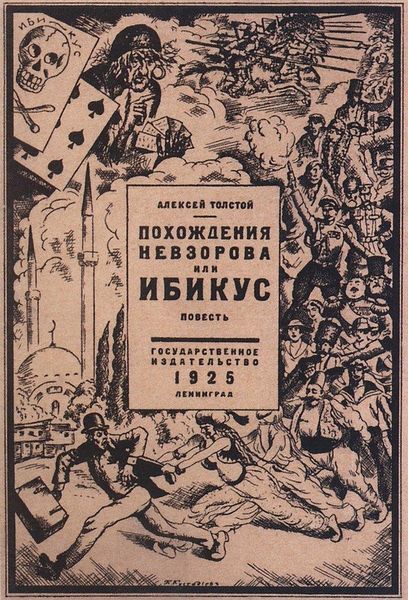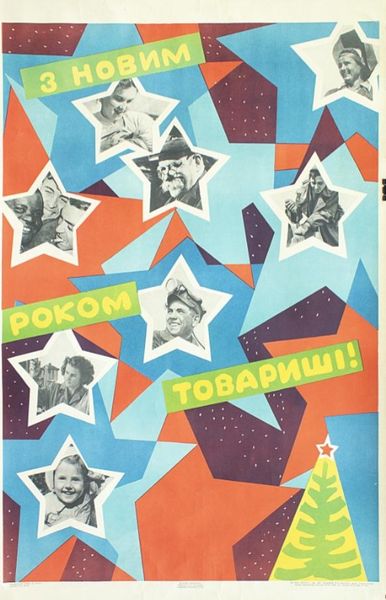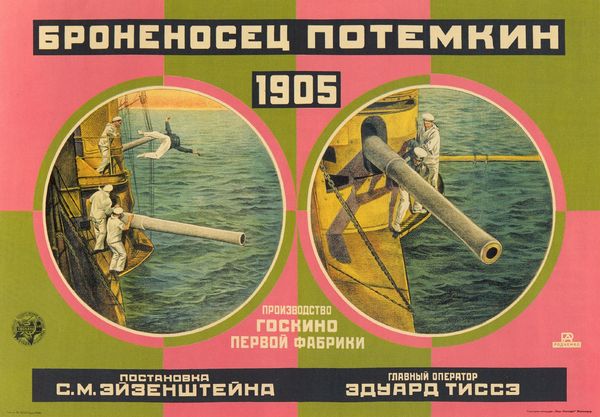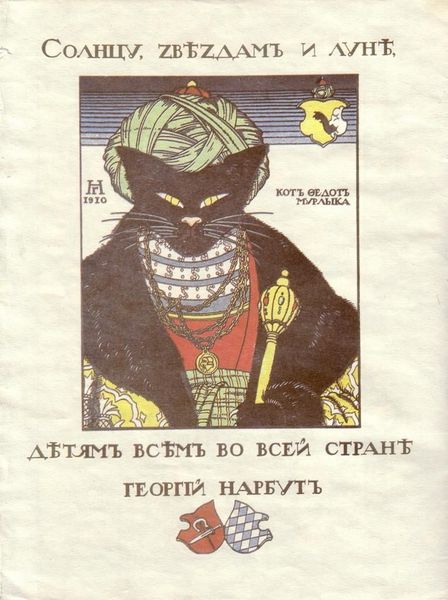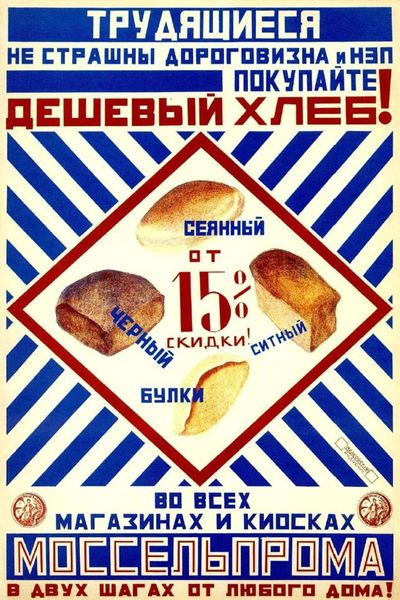
graphic-art, typography, poster
#
graphic-art
#
constructivism
#
typography
#
geometric
#
abstraction
#
russian-avant-garde
#
poster
#
modernism
Copyright: Alexander Rodchenko,Fair Use
Curator: Alexander Rodchenko’s graphic art piece, simply called "Construction", is a striking example of Russian avant-garde art employing typography and abstraction. Editor: Yes, striking is the right word. I’m immediately drawn to the strong geometric shapes, the bold red color, and the seemingly chaotic yet deliberate arrangement of elements. It's quite arresting, visually. Curator: Indeed. Rodchenko was deeply involved in the Constructivist movement. Looking at it through a historical lens, we can see this work functions as a poster. Consider its original socio-political intent: to communicate directly with the masses in post-revolutionary Russia. Editor: The design certainly emphasizes utility over aesthetics, in the traditional sense. Note how he uses a limited color palette, focusing on form and textual communication. It’s a pure exercise in visual structure. Curator: The photomontage elements are particularly revealing. See how the images are combined with graphic elements such as bold exclamation points, arrows, and lettering. These served as direct, persuasive visual tools within the revolutionary landscape. Editor: Semiotically, the arrows function as pointers directing our eyes—demanding that we decode and engage. There's a definite feeling of urgency; each element competes for immediate recognition, adding to a dynamic, almost frenzied visual field. Curator: The formal language is reflective of its time. Constructivism embraced industrial production and rejected bourgeois art. This "Construction" wasn’t merely decorative; it was a functional tool aimed at constructing a new social order. Editor: I think Rodchenko successfully crafted a powerful visual language appropriate for a society undergoing radical change. The effectiveness lies not only in what it says but, importantly, in how it conveys that message through pure graphic form. Curator: Absolutely. Through an understanding of its artistic roots, we gain profound insights into "Construction"'s compelling visual components, transcending the image itself. Editor: Examining it through a different lens of graphic structure gives insights into the potency of reductive messaging.
Comments
No comments
Be the first to comment and join the conversation on the ultimate creative platform.
